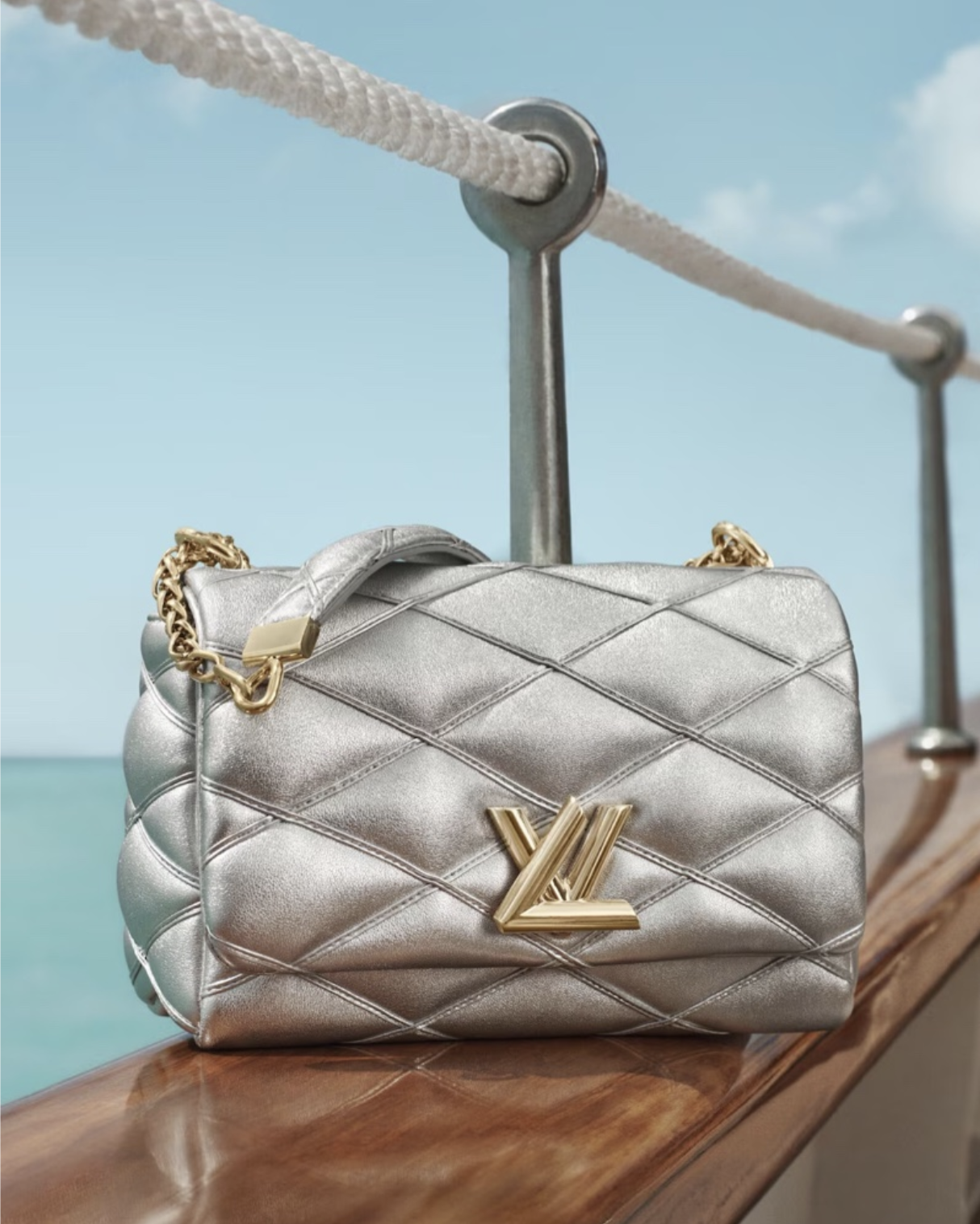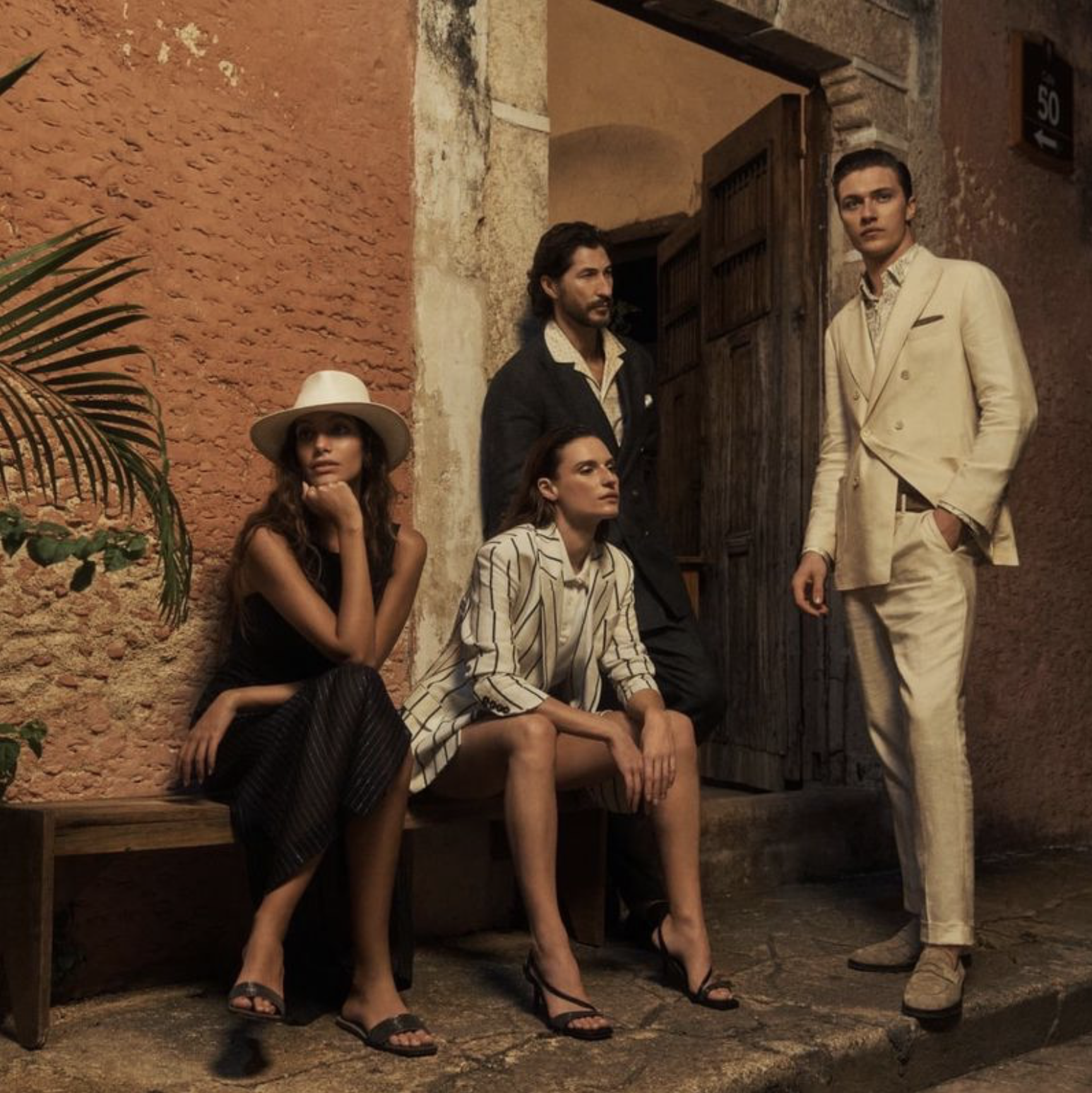Louis Vuitton Handbag Lovers Once Again Learn About Women on the High Seas
/Louis Vuitton Handbag Lovers Once Again Learn About Women on the High Seas AOC Fashion
The Louis Vuitton Leather Goods Campaign Spring-Summer 2024 returns to the high seas with an extension of their Louis Vuitton Nautical Summer Capsule that focuses on Vuitton’s best handbags.
Lensed by Ethan James Green [IG] against the ancient backdrop of Mediterranean world waters, the campaign steps into AOC’s earlier Louis Vuitton Nautical campaign discussion of women in the world of Olympic sailing.
Today models Chu Wong, Ida Heiner and Sacha Quenby inspires a deeper question by AOC.
Did Women Sail in Ancient Waters?
Take Notice: Anne has not sufficiently confirmed these AI-generated responses from trusted and reliable sources that we pay for and use every day. My view is that I’ve openly involved our precious readers in the AI process from day one. I view it as a learning experience for us all as how one team — Lulu and myself — navigate the world of AI.
If any element in the answer dropped out as preposterous, I would not share it.
All of us should take this first response from Squarespace AI with skepticism. Just know that I will be digging much deeper here, and will share a retraction in this article, if the following analysis doesn’t hold up.
Women and the High Seas
Archaeological findings suggest that women from various ancient civilizations, such as the Phoenicians, Greeks, and Vikings, were involved in seafaring activities. These women contributed to navigation, trade, fishing, and exploration, showcasing their significant role in maritime ventures. Additionally, historical accounts and myths also depict women as skilled sailors and leaders on ships, challenging the notion that sailing was exclusively a male domain in early history. The stories of these remarkable women provide valuable ancestral evidence of their crucial involvement in seafaring activities centuries ago.
Phoenician women were known to be skilled sailors who played a crucial role in the maritime trade network of the ancient world. These women were involved in various aspects of seafaring, including navigation, trading, and ship maintenance. Their expertise in sailing and trading helped establish Phoenicia as a dominant maritime power in the Mediterranean.
Queen Dido and the Founding of Carthage
The legacy of Phoenician maritime prowess is not solely the domain of men; legendary female figures also feature prominently in their seafaring history. Among these, the most celebrated is Queen Dido, also known as Elissa. Founder of Carthage, her story is a testament to the vital role women played in Phoenician exploration and settlement. Dido embodies the spirit of adventure and resilience, leading her people across the Mediterranean to establish a new kingdom.
While historical records are sparse on other specific names, tales passed down through generations speak of women who navigated vast oceans, engaged in trade, and even commanded fleets. These stories reflect a society where women could exert influence and achieve renown through maritime endeavors.
There is much archaeological evidence for the existence of Queen Dido — or Elissa — and her fleeing her home in Phoenicia to found Carthage. Read all about AOC’s deep dive into ancient waters on the link top of post.




























